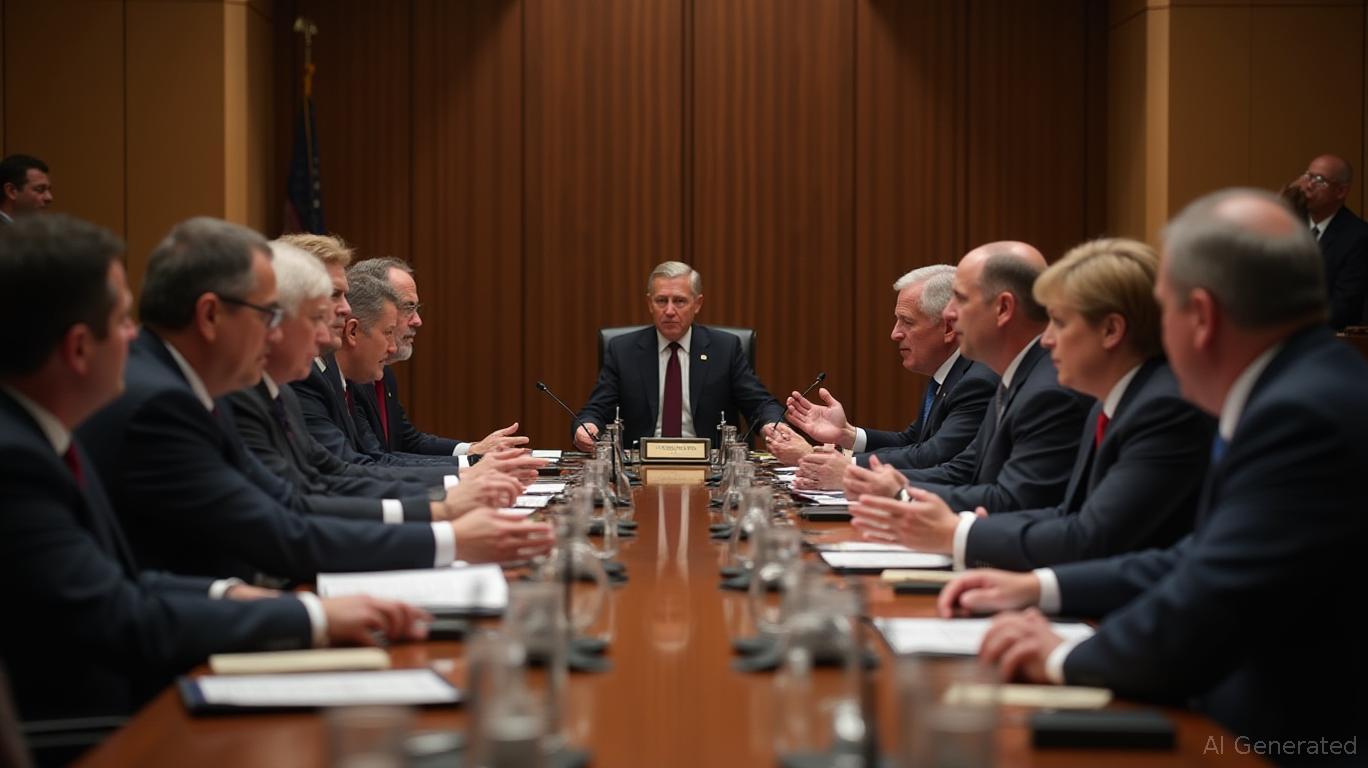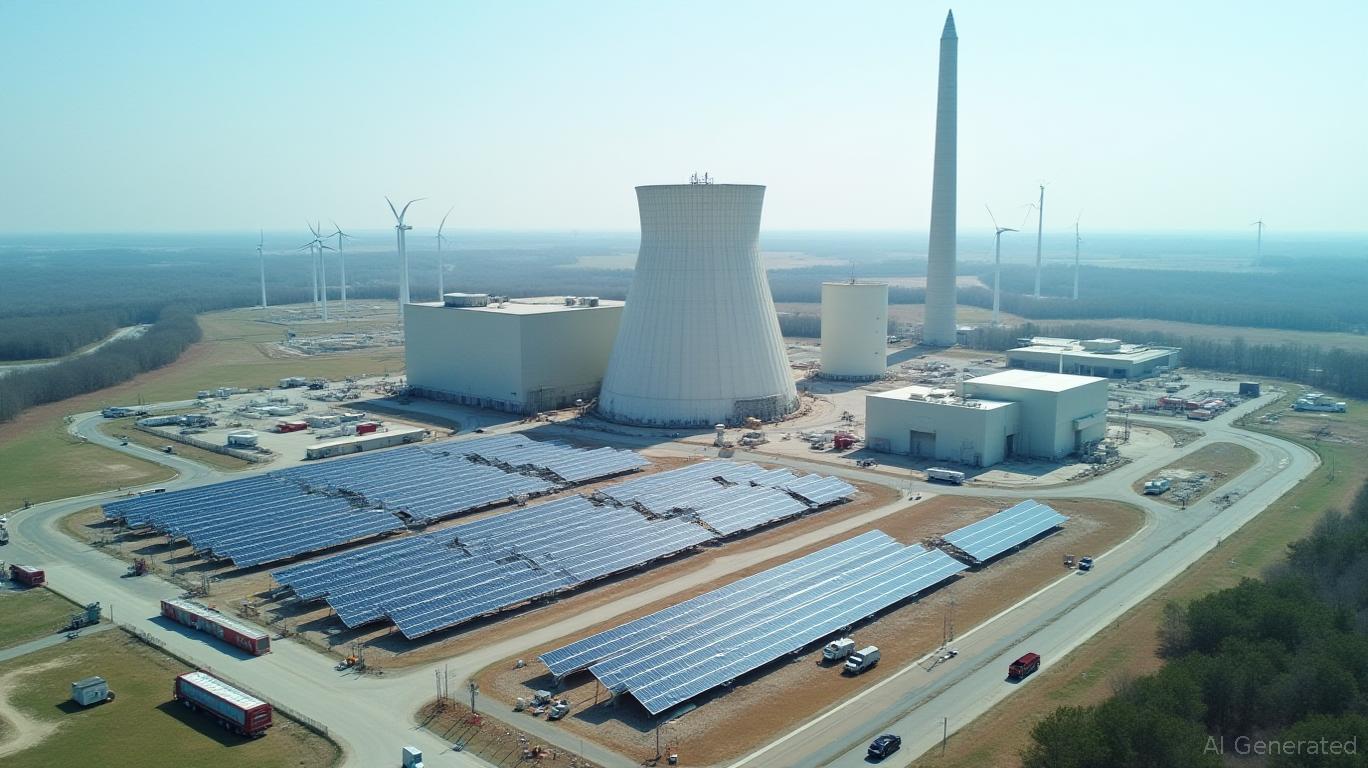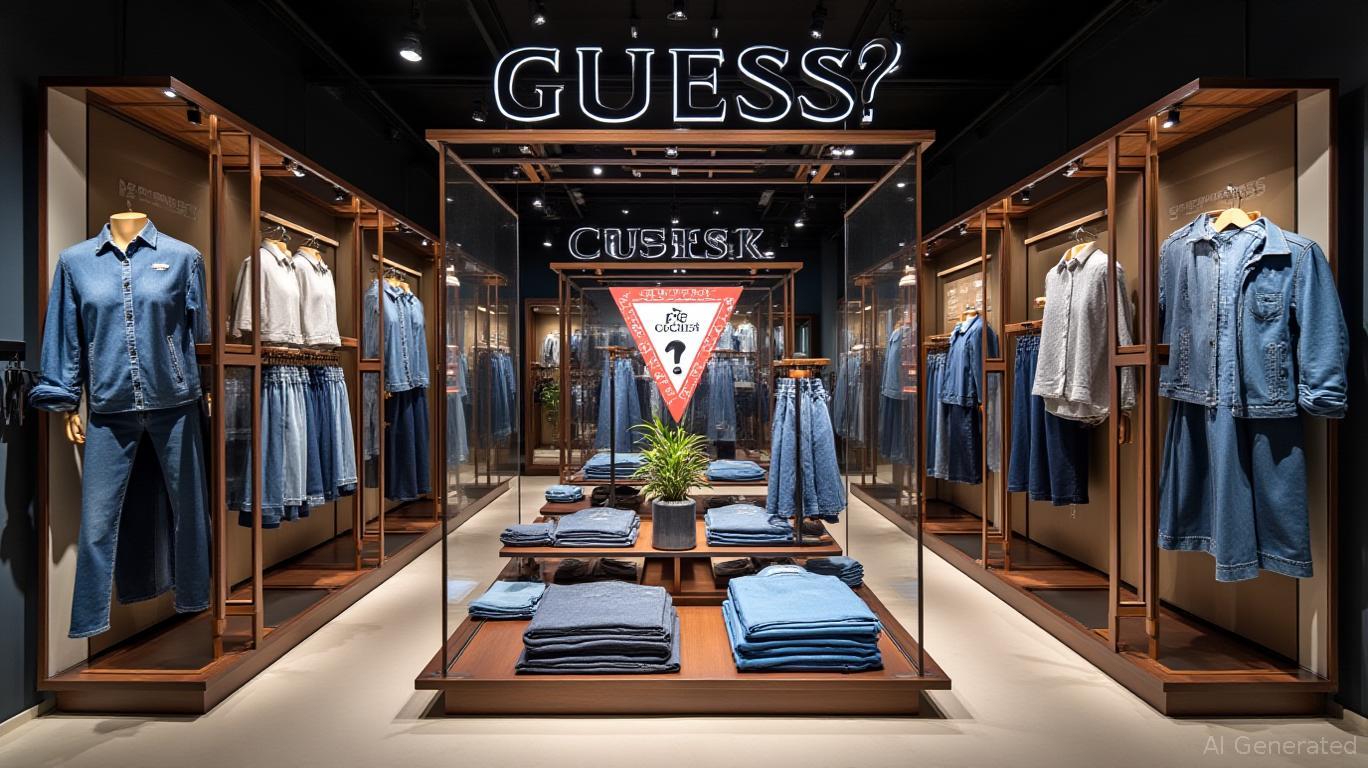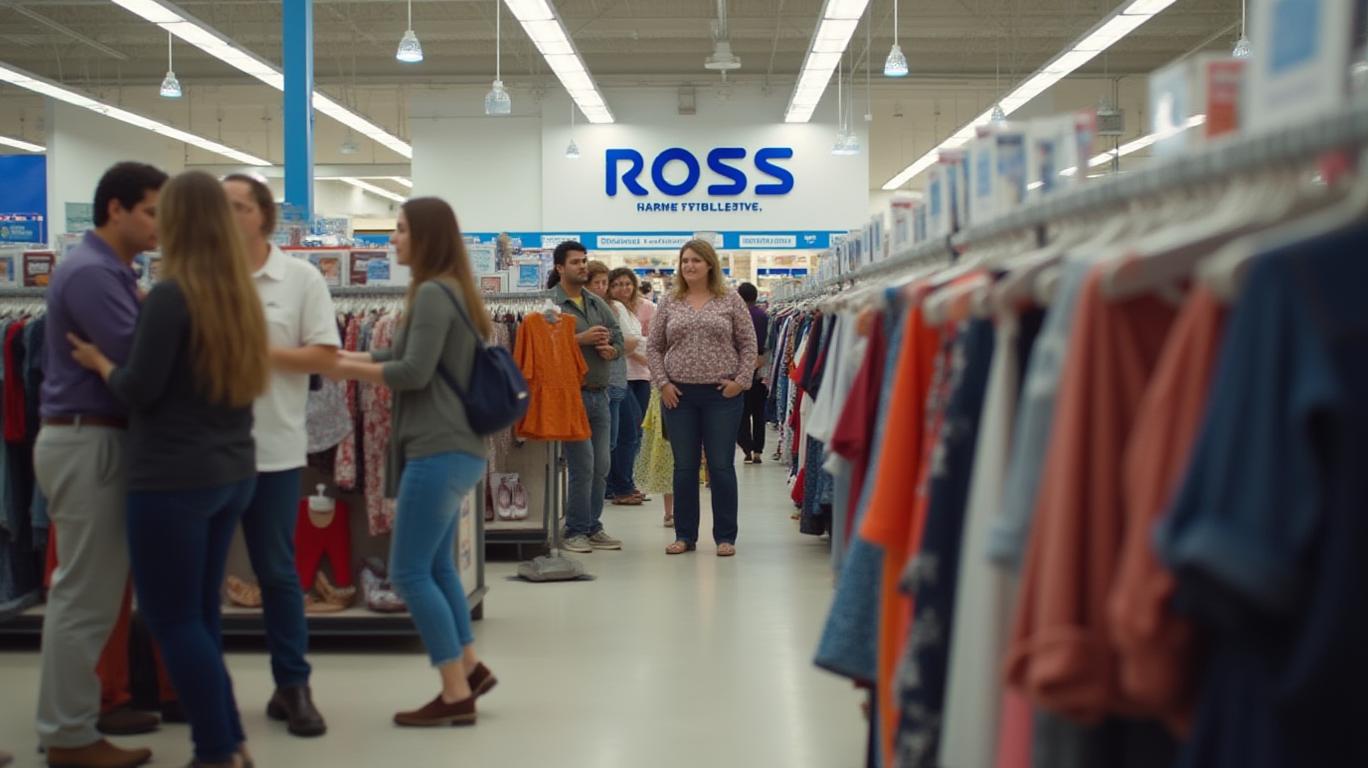Hugo Boss Navigates Tariff Turbulence: A Smart Move for Investors?
The global trade landscape is a minefield right now, and companies like Hugo Boss are scrambling to avoid detonation. Let’s break down how this luxury apparel giant is rerouting its supply chain to dodge U.S. tariffs—and whether investors should take note.

The Tariff Detour
Hugo Boss has made a bold strategic shift: diverting Chinese-made products to non-U.S. markets to sidestep tariffs. CEO Daniel Grieder revealed that Chinese apparel accounts for just 4% of U.S. sales, making this move a tactical nudge rather than a seismic shift. But the bigger picture is clear—Hugo Boss is reengineering its supply chain to survive the U.S.-China trade war.
By sourcing U.S. inventory from tariff-friendly countries like Peru and Turkey, the company is also stockpiling goods in America to buffer against future disruptions. This isn’t just about avoiding tariffs; it’s about building resilience in an era of geopolitical uncertainty.
The Numbers Tell a Story
Hugo Boss’s Q1 2025 results were a mixed bag but not a disaster. Currency-adjusted revenues dipped 2% to €999 million, narrowly beating analyst expectations. The Asia-Pacific region—especially China—dragged down sales, with “subdued consumer demand” and macroeconomic headwinds cited. Yet, the company maintained its full-year sales guidance of €4.2–4.4 billion, a vote of confidence in its ability to navigate these crosswinds.
Investors responded positively: shares jumped 8.5% on the news, erasing earlier fears of a deeper slump. This rebound hints at market approval of Hugo Boss’s proactive moves, even as it grapples with Asia’s slowdown.
The Bigger Picture: A Playbook for the New Normal
Hugo Boss isn’t alone in this dance. Companies like Ford have already felt the bite of tariffs, with $2 billion in annual costs tied to U.S. trade policies. The apparel industry, highly reliant on global supply chains, is particularly vulnerable. By rerouting Chinese goods and diversifying suppliers, Hugo Boss is following a blueprint that’s becoming standard: de-risking, not doubling down on tariff-heavy routes.
The stockpile strategy is another smart play. By holding more U.S. inventory, Hugo Boss can hedge against future tariff hikes or supply chain hiccups—a critical move as trade tensions remain volatile.
The Verdict: Buy or Bail?
Here’s why investors should take notice:
1. Strategic Agility: Hugo Boss’s rerouting and sourcing shifts show it’s not sitting ducks to tariffs.
2. Resilient Earnings: Despite Asia’s slump, Q1 results beat expectations, and the company isn’t revising its full-year targets.
3. Market Confidence: The 8.5% stock surge suggests investors believe this is a temporary dip, not a death spiral.
But risks remain. China’s sluggish demand could linger, and the U.S.-China trade relationship is a wildcard. Still, Hugo Boss’s moves mirror those of successful companies in turbulent times—adapt, diversify, and stay flexible.
Final Analysis
Hugo Boss isn’t just rerouting products—it’s rerouting its future. By minimizing tariff exposure and leaning into new markets, it’s positioning itself to weather the storm. The stock’s post-earnings surge and maintained guidance suggest this strategy is paying off. For investors, this is a company to watch closely: it’s a test case for how luxury brands can thrive in a fractured global economy.
If you’re in it for the long haul, this could be a smart bet. But keep an eye on China’s recovery and U.S. tariff policies—their next move could be Hugo Boss’s next chapter.
Bottom Line: Hugo Boss’s proactive supply chain tweaks and resilient Q1 results make it a contender in a tough market. Investors who bet on adaptability—and can stomach some volatility—might find this a stylish addition to their portfolio.










